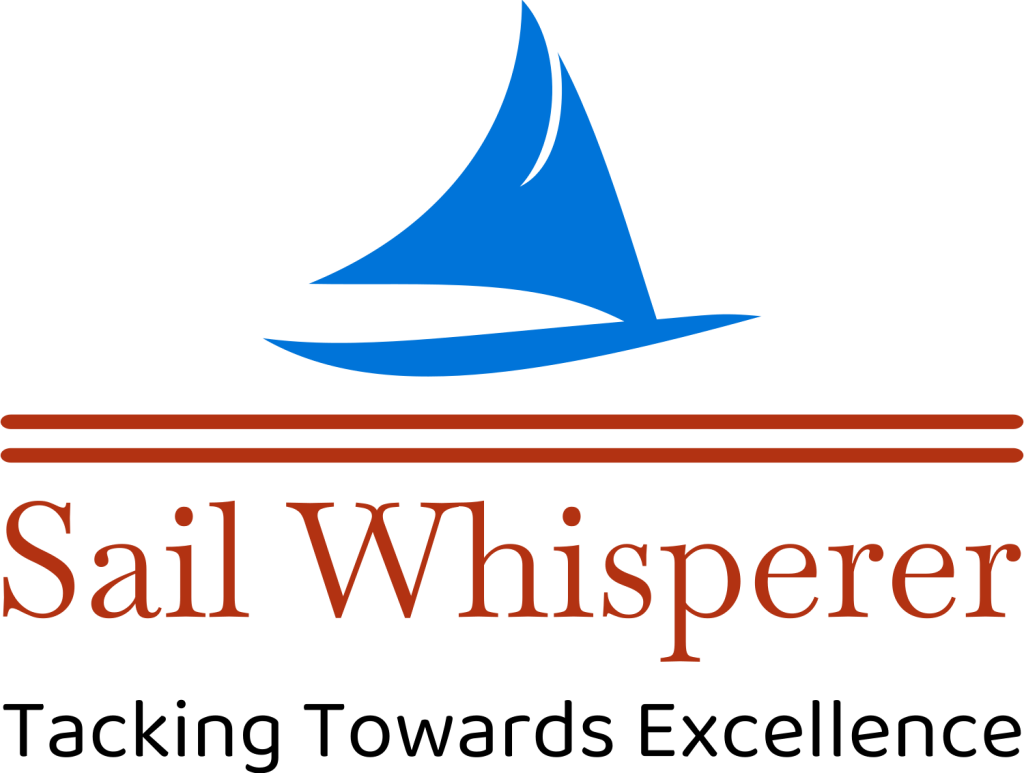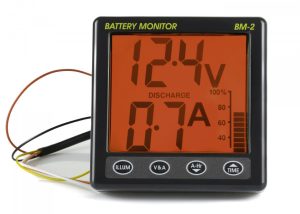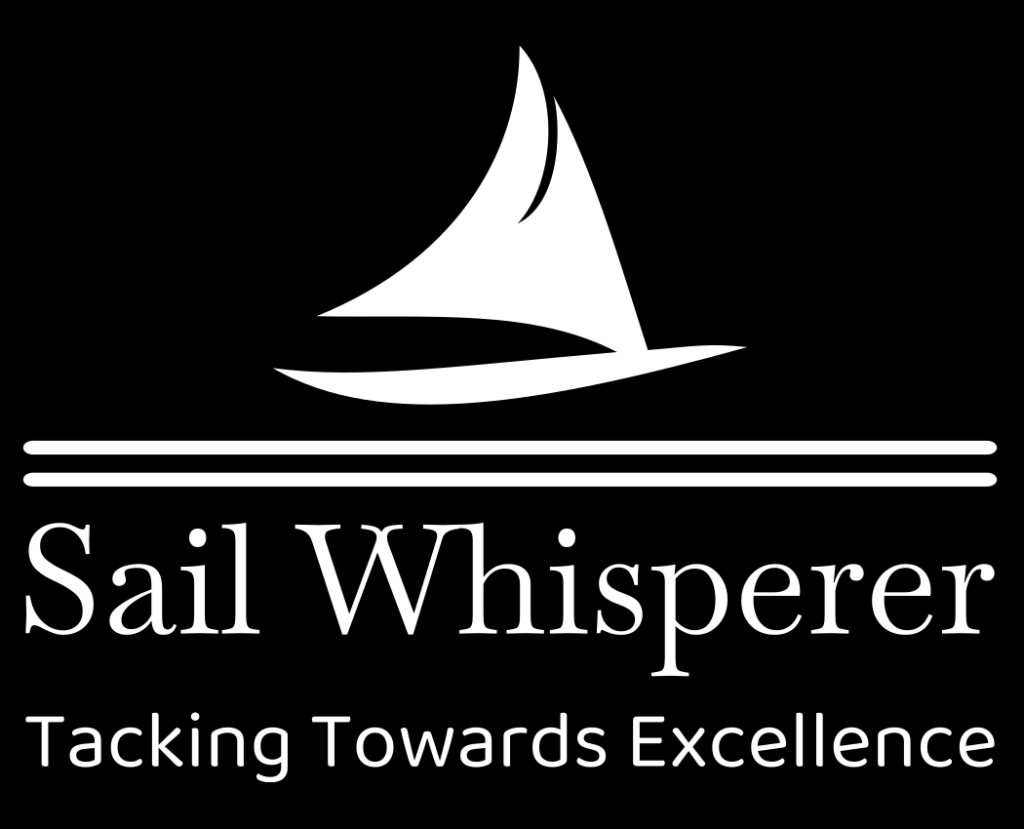Have you ever wondered what PHRF stands for in the world of sailing and how it affects the racing of sailboats? To the uninitiated, the acronym might seem obscure, like a secret code shared among seasoned sailors. To understand what it entails, one must journey into an analysis of its underlying principles and application in competitive sailing.
Introduction to PHRF
PHRF stands for Performance Handicap Racing Fleet, a system used predominantly in North American yacht racing to allow dissimilar boats to compete against each other. The concept may seem intuitive once understood, yet it is layered with complexities inherent to a handicapping system devised to balance the varied performances of boats.
Purpose of PHRF
At its core, the PHRF seeks to create a fair racing environment, leveling the field for different sailboats by assigning each a handicap rating. This rating determines the amount of time deducted from a boat’s actual finish time to produce its corrected time for comparison against other competitors. Unlike one-design racing, where all boats are identical, PHRF racing embraces diversity in boat design, rewarding skill alongside innovation.
The Origins of PHRF
The PHRF system originated in Southern California in the 1970s. It addressed the limitations of previous rating rules, which were often cumbersome and overly complex. By simplifying the process, it opened up competitive sailing to more participants, removing some of the barriers that had impeded growth within the sport. The system is based on observed performance rather than calculated ratings derived from physical measurements of the boat.
How PHRF Works
Understanding how PHRF operates is crucial for anyone entering the domain of competitive sailing. Several factors influence its operation, from how ratings are assigned to the factors impacting them.
Assigning PHRF Ratings
The PHRF rating for a boat is determined locally by regional PHRF committees. This means ratings can vary from place to place, as they take into account the specific conditions and types of boats common in each area. A boat’s rating is expressed in seconds per mile, representing the number of seconds that will be deducted from its elapsed time per mile sailed.
For example, if a boat has a PHRF rating of 90, for every mile it sails, it gets a 90-second advantage over a boat with a PHRF rating of 0. This system allows boats of varying types and capabilities to compete on a more equal basis.
Here is an example of how PHRF ratings might look:
| Boat Type | PHRF Rating (Seconds per Mile) |
|---|---|
| J/22 | 180 |
| Beneteau 36.7 | 81 |
| Hunter 340 | 138 |
| Catalina 30 | 192 |
Calculating Corrected Time
To determine the winner of a PHRF race, each boat’s corrected time must be calculated. The formula for corrected time is:
[ \text = \text – (\text \times \text) ]
The corrected time is utilized to establish rankings by accounting for the differences in performance among various sailboats.
Factors Influencing PHRF Ratings
Several factors influence a boat’s PHRF rating, including:
- Hull Design: The shape and size significantly impact a boat’s speed efficiency. Sleek, narrow hulls tend to be faster, while broader hulls can provide more stability but less speed.
- Sail Area: Larger sails can capture more wind, leading to higher potential speeds. However, they are also harder to handle in high winds.
- Rigging Type: The complexity and type of rigging can improve or hinder sail performance and maneuverability.
- Local Sailing Conditions: Prevailing wind conditions, tide, and currents affect how different boats perform, leading to adjustments in the PHRF rating.
Controversies and Criticisms
Despite its widespread use, the PHRF system has not been free of criticism. It has sparked debates over fairness and consistency, primarily due to its reliance on subjective observations rather than objective measurements.
Subjectivity in Rating Assignments
One significant criticism is the subjective nature of rating assignments. Because local committees determine ratings based on their observations, two identical boats in different regions can have different ratings. This variance can lead to dissatisfaction and disputes among competitors, who might feel their boat is being unfairly evaluated.
Adjustment and Appeals Process
To address disputes, most PHRF regions incorporate an appeals process, where sailors can contest their ratings. However, this process can be slow and bureaucratic, leading to frustration.
Unfair Advantages
Critics also argue that the system can be manipulated. Savvy sailors may modify their boats to exploit loopholes in the rating system, gaining unfair advantages that the system is designed to nullify.
Comparisons with Other Rating Systems
PHRF is just one of many rating systems in the sailing world. Comparing it with others can provide valuable insight into why it is both praised and criticized.
PHRF vs. IRC
The IRC (International Rating Certificate) is another popular rating system used predominantly in Europe. Unlike PHRF, IRC relies on detailed boat measurements to calculate ratings. This process aims to minimize subjectivity, offering a more standardized approach to rating determination. However, IRC’s complexities and costs can be a barrier for some sailors, making PHRF a more accessible option.
PHRF vs. ORC
Similarly, the ORC (Offshore Racing Congress) system uses a science-based approach, employing velocity prediction programs to assign ratings. This precise method allows for in-depth consideration of boat capabilities but requires more resources and time than PHRF, making it less practical for casual club racing.
Advantages of PHRF
Despite its criticisms, PHRF offers several advantages that contribute to its popularity in the sailing community.
Accessibility and Simplicity
PHRF is relatively straightforward, making it accessible to a broad audience. This simplicity encourages participation, essential in fostering a vibrant racing culture. Unlike systems requiring extensive measurements and data collection, PHRF offers an entry point for those new to yacht racing.
Catering to Diverse Fleets
By accommodating a broad range of boat designs, the PHRF fosters diversity, allowing for more creative and personalized boat choices. This inclusivity broadens the sport’s appeal, drawing in enthusiasts interested in experimenting with non-traditional designs.
Local Adaptability
The flexibility provided by local rating committees means that the system can be tailored to specific regional conditions. While this adaptability may breed inconsistencies, it ensures that local sailing contexts are considered in rating determinations.
Improving the PHRF System
Though PHRF maintains a dominant position, there are opportunities for refining its methodologies to address some of its current limitations.
Innovations and Technology
Incorporating modern technology, such as GPS tracking and data analytics, could refine the accuracy of the PHRF ratings. Systems could adapt in real-time based on collected performance data, allowing for dynamic adjustments rather than fixed, static ratings. Technology integration can also streamline the appeals process, reducing time and improving fairness.
Increased Transparency
Enhancing transparency in rating decisions and adjustments could improve trust in the system. Comprehensive documentation of rating adjustments, along with clear criteria definitions, can address concerns about subjectivity and bias.
Conclusion
The PHRF system remains an integral part of sailing, serving as both an enabler and a source of contention within the sport. While not without its flaws, its strengths lie in its simplicity, accessibility, and adaptability. As technology evolves, there is potential for the PHRF to adapt and address its criticisms, making it more equitable without sacrificing its core principles. Understanding PHRF is crucial for competitive sailors and those interested in the broader dynamics of yacht racing. By continuing to enhance and refine the system, it can continue to provide fair and spirited competition in the vibrant world of sailing.





